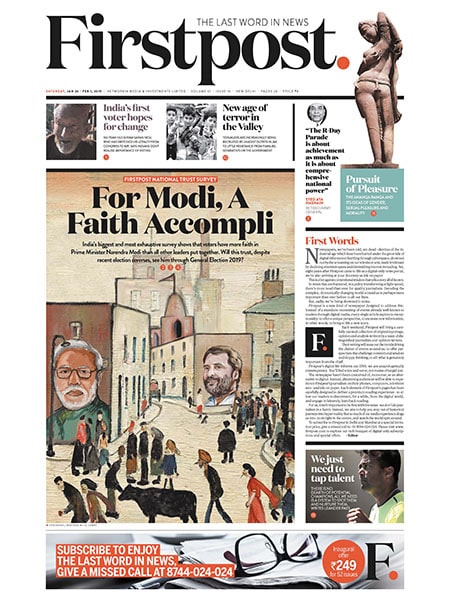RIP to PIP: Print in progress
Why digital publishers across the world are foraying into an arguably sunset industry like print


When Jeff Bezos decided to buy The Washington Post for $250 million in 2013, he asked hard questions to himself, just as any sceptic would, given the fact that newspapers were billed as a ‘sunset’ industry and many were writing their obituary. “I went through a few gates before deciding to buy The Post. Is it hopeless,” the Amazon founder wondered. He knew the internet had radically disrupted traditional newspapers the world has changed, and advertisers have plenty of options to reach people in local areas. But the world’s richest man also knew buying a newspaper made business sense. “I didn’t want to do it if it was (hopeless),” he said at the Business Insider Ignition conference in New York in December 2014.
At another conference in 2017, Bezos said his ownership was not a ‘philanthropic’ endeavour. A healthy newspaper, he remarked, that has an independent newsroom should be self-sustaining. “And I think it’s achievable. And we’ve achieved it.”
Bezos was not the only one to bet on newspapers. Last year, Marc Benioff, the billionaire co-founder of software company Salesforce, decided to buy Time magazine. And there are digital publishers taking a counter-intuitive strategy of foraying into print. Bitcoin Magazine, which made its debut in May 2012, stopped publishing and went digital after two years. Early this month, the magazine announced that it would be coming up with its print issue after a gap of five years. This trend is not confined to the West. It’s even happening in India.
Online news and media platform Firstpost, part of the Network 18 Group [publishers of Forbes India] which is owned by Reliance Industries, is rolling out a weekly newspaper in Delhi and Mumbai. Does it make sense? “Absolutely,” says Rahul Kansal, business head and group marketing advisor of Network 18. Conceding that it’s an unusual move, Kansal explains the logic.
First, the move signals larger investment in the Firstpost brand. Second, there’s room for an ‘intelligent’ newspaper. There is a big opportunity, Kansal lets on, to tap discerning Indian readers who feel that newspapers have dumbed down in their bid to capture the mass market. “They are looking for an intelligent read,” he says. The newspaper industry in India, in spite of a blip in growth over the last two years, is not a sunset industry, he reckons. “While people would still continue to access online news for bits and pieces, newspapers help them see things in totality,” adds Kansal.
Advertisers concur. “Culturally, we are still a nation that loves newspapers,” says Kunal Jeswani, CEO of Ogilvy India. Though online would still be the preferred medium to consume news, a deeper and longer engagement happens only with a newspaper. “A large part of India still likes to consume news in-depth,” says Jeswani. Explaining his take on the doomsday prediction for print, Jeswani says: “Has digital killed television? While digital will grow, everything else will not disappear and die. They will coexist.”
Marketing analysts explains the reason for the revival of print: Credibility. As society moves to digital news mediums, many of which are viral, anarchic and incubated, there is a craving to rediscover the solid and the edited, says brand expert Harish Bijoor. “Print finds its relevance once again after going through a bit of tizzy with stagnating readership,” he says. While those who want the racy and unreliable will have an occasional diet of the digital, those preferring solid and curated content will come to print. “Don’t be surprised at the revival of print, slowly but surely,” Bijoor adds.
First Published: Jan 26, 2019, 12:53
Subscribe Now